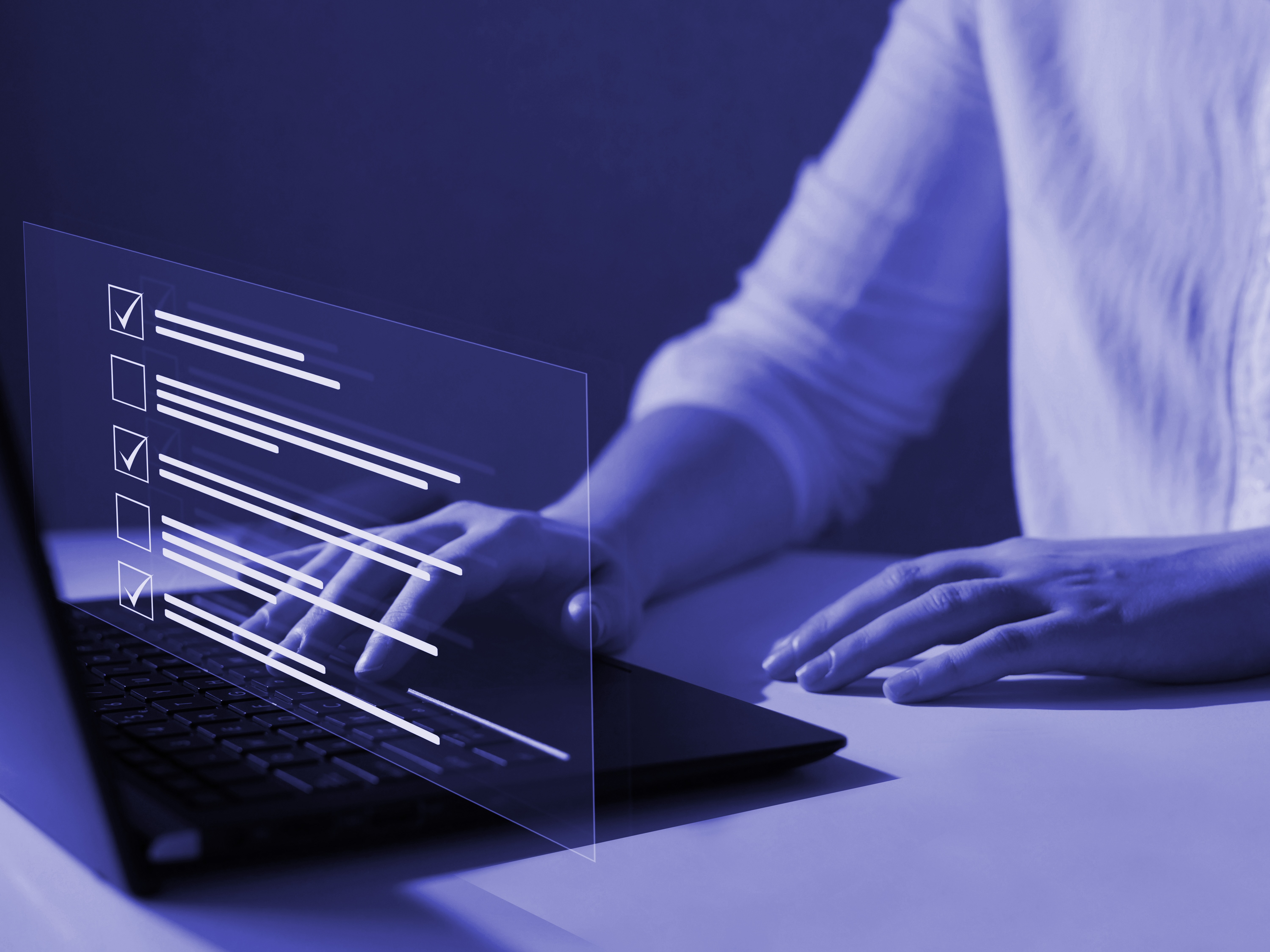Co-Authors: Ralph Chammah, CEO of OwlGaze Miro Pihkanen, CSO of OwlGaze
To protect their networks from cyberattacks, most organisations rely on perimeter security measures. However, these measures are no longer sufficient. Recently high-profile attacks have illustrated how sophisticated attackers have become and are finding ways to penetrate even the best-defended networks. To keep ahead of the attackers, threat hunting is essential. Detecting and stopping attacks before they do damage can be achieved by checking for early signs of abnormal behaviour.
In cyber threat hunting, an organisation’s environment is proactively searched for unknown vulnerabilities and undetected attacks. By collecting and analysing data from various sources inside and outside the organisation, threat hunters develop and test hypotheses about potential threats based on cyber threat intelligence, known attack techniques, and other information.
Detecting and responding to threats that an organisation have not identified to exist or has not detected through other methods has become easier thanks to cyber threat hunting. This provides the organisation with more comprehensive protection against cyber threats and the ability to detect and mitigate attacks and security gaps that its existing security architecture has missed. The complexity and volume of cyber threats are evolving at a dangerously rapid pace. Organisations of all sizes need qualified analysts, manual processes are inefficient, and the cost of securing a business has grown. Using SIEM solutions, you can monitor and analyse your operating behaviours in real-time and log security data for analysis. Additionally, they can provide UEBA using artificial intelligence and machine learning. Data and intelligence analysis software provide reports containing interactive charts and graphs, making it easier to view and analyse data trends and identify unusual behaviour patterns,
The use of threat hunting can enhance the security posture and overall vigilance, cultivate a culture of proactive risk management and mitigation, and provide an enhanced picture of attack surfaces and adversary tactics for organisations.
These five steps are all you need to take effective action:
- Measure existing threat hunting maturity
In order to determine whether an organisation is ready for threat hunting, it is a good idea to evaluate its security posture and SOC efficiency. Additionally, organisations should assess their readiness against by leveraging the combination of using a cybersecurity maturity model and collect insights from various frameworks and threat databases.
- Decide on the right threat hunting approach
After understanding their threat-hunting needs and goals, organisations can start researching and finding the right software to perform threat hunting. A key part of that process is deciding whether to cultivate threat hunters within the organisation, outsource threat hunting to a third party, or develop a hybrid arrangement using both in-house and out-of-house expertise, also known as SOCaaS.
- Address the skills gap
It seems that security upgrades are never ending as cybercriminals become more sophisticated, requiring dedicated resources to keep up with the demand. As a result of the skills shortage, recruiting cybersecurity professionals has been difficult. In response to ever-evolving threats and a lack of in-house cybersecurity skills, cybersecurity-as-a-service (CyberaaS) has grown in popularity as a way to deploy proactive defenses without expanding IT resources. In the event of an attack, organisations can mitigate the damage by outsourcing or augmenting IT teams to include managed cybersecurity services.
- Address the tech gap
In addition to opportunities, organisations must overcome critical obstacles. In order to make their data useful, they must aggregate and analyse all of it. This is vital in today’s era of intelligence, whereby real-time analytics, predictive analytics, machine learning and AI are dependent on the quality and quantity of the data. Information and insight derived from big data analytics should be accurate, clear, timely, and actionable. It is imperative that the underlying data is complete, trustworthy, and easily accessible. It is a data-driven era in which we live. Taking advantage of advanced analytics with AI can identify early indications of compromise when there are a lot of data points to collect
The tools to search and gather all the telemetry from your eco-system and full visibility of the network are essential for threat hunters to be successful. When technologies fail to mesh with personnel structures and technologies stacks, they can also add more difficulties. Predictive AI-based threat hunting platforms are potential solutions to this problem because they integrate threat-hunting tools along with dashboards for exploring threat signals and vulnerable assets. For example, OwlGaze’s next-generation Blacklight software is revolutionising threat detection and ushering in a new cyber paradigm. Through these tools, any organisation can establish a centralised cybersecurity command centre that identifies, prioritises, and prevents cyber-attacks.
- Develop and implement an incident response plan
As threat hunting operations grow, security managers must develop a living incident response plan that can accommodate any changes in protocols as it relates to detection, reporting, triage and analysis, containment, and post-incident clean-up.
Ultimately, threat hunting involves proactively testing hypotheses, discovering evidence of threats, and developing passive detection methods. In order to minimise attacker impact and further secure an environment, organisations must prioritise proactive, hypothesis-driven discovery in the form of threat hunting in light of ransomware incidents and advanced persistent threats that continue to expose the stress points of traditional detection capabilities.



